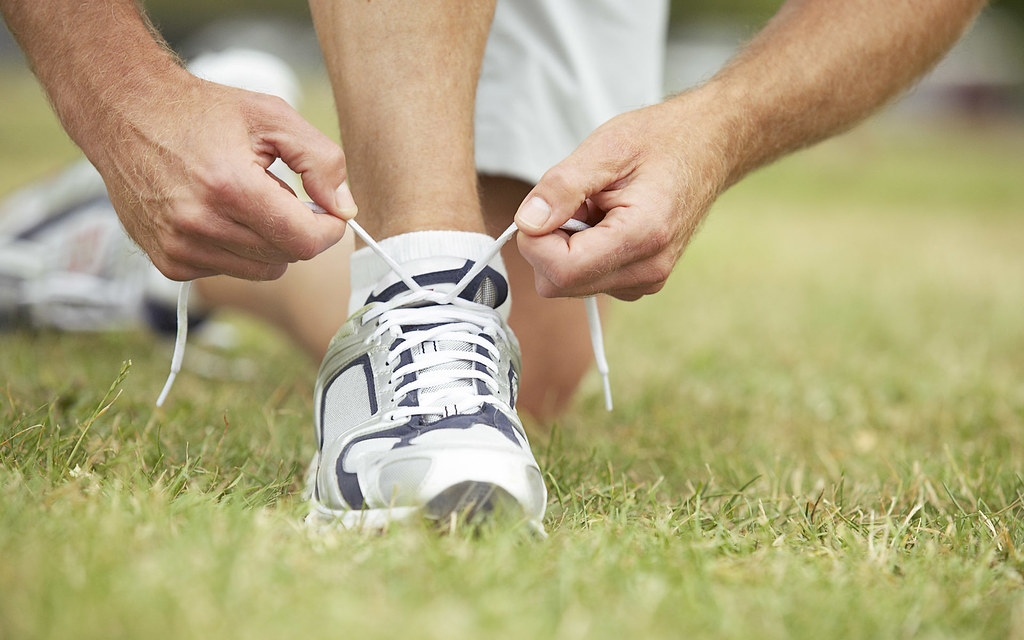Loudoun County, Va. — Curious about why you can’t touch your toes or why the muscle in the back of your thigh keeps cramping or straining? Let’s direct our attention to the hamstring muscle! So, what in the world is a “hamstring”? This is the muscle that runs from deep in the buttock to the back of the knee. This muscle primarily bends the knee and extends the hip backwards and is very important with walking and running.
The hamstring muscle can be quite temperamental when we don’t give it enough attention. Hamstring problems can include:
- Lack of flexibility
- Lack of strength
- Poor endurance
When an individual neglects the musculature in the back of the thigh, these deficits can cause cramping when we roll in bed and get up in the morning, can contribute to lower back problems and stiffness, or can cause a strain or tear when playing a pick-up basketball game (or even during a track meet for an elite athlete!).
Symptoms of a hamstring problem are tightness or pain in the back of the thigh when trying to stretch the leg or touch your toes. There can even be an unusual amount of soreness with jumping into a strengthening program at the gym. Chances are your hamstring muscles are poorly conditioned and are too weak to start with the heavier weight lifting exercises. A straining sensation or sharp pain with running and sprinting are also indicators of a hamstring problem. Many of these symptoms are exacerbated by a sedentary lifestyle or an overuse situation with the more active population.
Hamstring problems are quite prevalent in the athletic population. Athletes tend to get so excited about getting into skill training and competing for starting positions that they don’t build an active warm up into their routine. Warming up and active stretching for the hamstrings, (and all muscles, for that matter) prepare your muscles for explosive movements and repetitive changes in running speed. These warm ups are also crucial to avoid overloading a “cold” muscle. Endurance and strength training is also typically left out for the hamstring. It isn’t considered one of the “pretty” beach muscles and tends to get neglected! Even if the hamstring is flexible, it may cause problems of recurring strains and tears if it isn’t strong enough for the demands of an athletic body.
Ignoring symptoms of tightness, weakness, and pain for the hamstring will never be the solution. Take these presentations as warning signs that your body has a muscle imbalance that needs to be addressed. If you do nothing, you can change nothing!
NOTE FROM OUR SPONSOR: We commonly treat hamstring dysfunctions here at Loudoun Sports Therapy Center and would be more than happy to evaluate, diagnose, and create a plan of care to address your symptoms. Let us take a look at your body mechanics, walking or running style, strength and endurance, and flexibility to see if you are at risk for a hamstring problem! Call Loudoun Sports Therapy Center TODAY at 703-450-4300.



